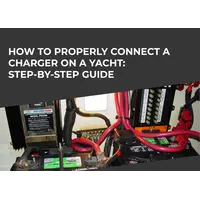How often have you had to change the fender due to the fact that the valve began to let air through? A faulty fender is very dangerous: when mooring or setting sail not only your vessel, but also nearby boats can suffer due to such “little thing”. As you know, in some marinas the boats stand really close to each other. In the event of damage to your own and someone else's boat, the costs will increase incomparably in relation to the cost of a new fender.
But is it always necessary to replace the fender, the valve of which lets air escape, to a new one? Good news: the leading manufacturers of side, bow and stern protection for boats began to produce replacement valves, or fender nipples. These manufacturers include DAN-FENDER, Majoni and others. Therefore, when going on a long cruise, do not forget to buy fender nipples in reserve.
Fender valve is very easy to replace on your own, which is done in two clicks. But we will talk about this a little later. And now we will talk about how to prevent valve malfunction of a fender.
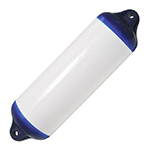 Cylindrical Fenders
Cylindrical Fenders 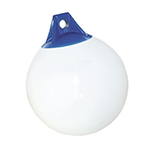 Round Fender
Round Fender 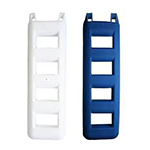 Ladder & Steps Fenders
Ladder & Steps Fenders 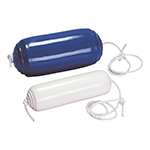 Thru-hole Fenders
Thru-hole Fenders 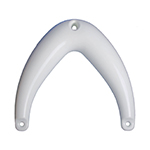 Bow & Stern Fenders
Bow & Stern Fenders 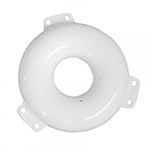 Ring Fenders
Ring Fenders 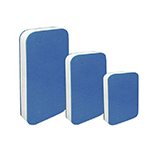 Cushion and Flat Fenders
Cushion and Flat Fenders 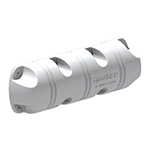 Dock Fenders & Accessories
Dock Fenders & Accessories 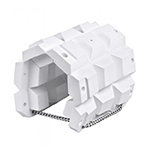 Pile Fenders
Pile Fenders Why Is the Valve Leaking Air
The main reasons that fender valve leaks air are errors when inflating the fender, and the most common of them are as follows:
- exceeding the allowable pressure specified in the instructions, inflating the product to the rigidity of a soccer ball;
- use of unsuitable tools and nozzles for compressors and pumps for inflation;
- lack of prevention - the pressure level in the fenders should be checked every six months.
The pressure in the inflatable fenders should be about 0.15-0.2 atmospheres. Tightly inflated fenders will not perform their main function. In addition, when heated in the sun, the pressure inside the fender can increase even more, especially if they are dark in color.
A correctly inflated fender should cave in slightly when pressed - only in this case it will demonstrate excellent shock absorption and damping characteristics.
And so that the fender does not burst when inflated, choose models made of high-quality polymer materials made using modern technologies, such as PVC injection molding.
For inflation, you can use any compressors and pumps, the main thing is to avoid nozzles in the form of thin tubes such as a bicycle pump needle. This could damage the locking mechanism of the fender nipple.
But, of course, the ideal option for inflating is to use air compressors, which are offered by the manufacturer of the fenders. What is good about such compressors is that they exactly match the size of the fenders and, accordingly, the features of their valves.
If there is not enough space on the boat to store the fenders in the inflated state, you can carry a special hand pump from the manufacturer to inflate them before entering the port - it does not take up much space.
Replacement of the Valve
First, let's find out what to do if you inflate the fender too tight, and this threatens to damage the valve. To bleed air from the fender, lightly press with a thin blunt object on the valve stem, which is located in its depth in the center.
Valve replacement may not be needed if the fender spontaneously bleeds air due to clogging. In this case, you can just clean the valve. Carefully screw the M3 bolt into it with a few turns and use pliers to pull out the valve. After cleaning it of dirt, insert the nipple into place. To prevent spontaneous bleeding of air, you can use silicone grease, but not sealant!
Sometimes, there is no other way other than complete valve replacement. It is necessary if the air-permeable nipple cannot be brought back to life by cleaning, or if it is jammed inside the fender due to incorrect inflation.
The valve can also break due to incorrect operation of the fenders. In this case, the nipple cannot be restored, but the fender will still serve you. Just replace the broken valve with a new one by performing simple steps in the following sequence:
- To remove a defective valve from the fender, screw a 3 mm screw into its center, and then carefully pull it out with pliers.
- To install the new valve, use a small Phillips screwdriver to install the new valve in the same position as the previous one.
As we said, the operation is done in two clicks. After it is done, inflate the fender again. The same manipulations can be carried out with the buoy if there are replacement valves for it.
This is a great way to save on buying new fenders. All you need are the usual tools and a spare nipple from the manufacturer of the fenders you are using. Compressor and pump from the same company are desirable, but not essential. So calculate how much more economical it will cost you to replace the valve instead of a new fender.
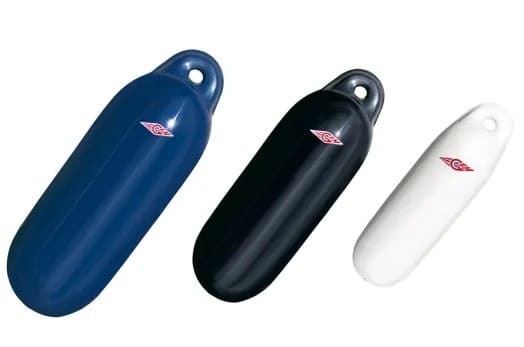
Another thing is that not all manufacturers produce spare nipples for their dampers. This is quite understandable: it is more profitable to sell a whole fender than its insignificant part for replacement (“inspired” by Apple and the like). Therefore, there is reason to look closely at those firms that really care about their customers, and do not cash in on them at every opportunity.
Replacing a fender valve instead of buying a new fender is also a great way for those in the marine equipment and rig business to show their loyalty to their customers. Instead of buying a new fender, you suggest to replace the valve if you have spare parts in stock for the exact model you need. You save the client's money and raise the respect for yourself in his/her eyes.




